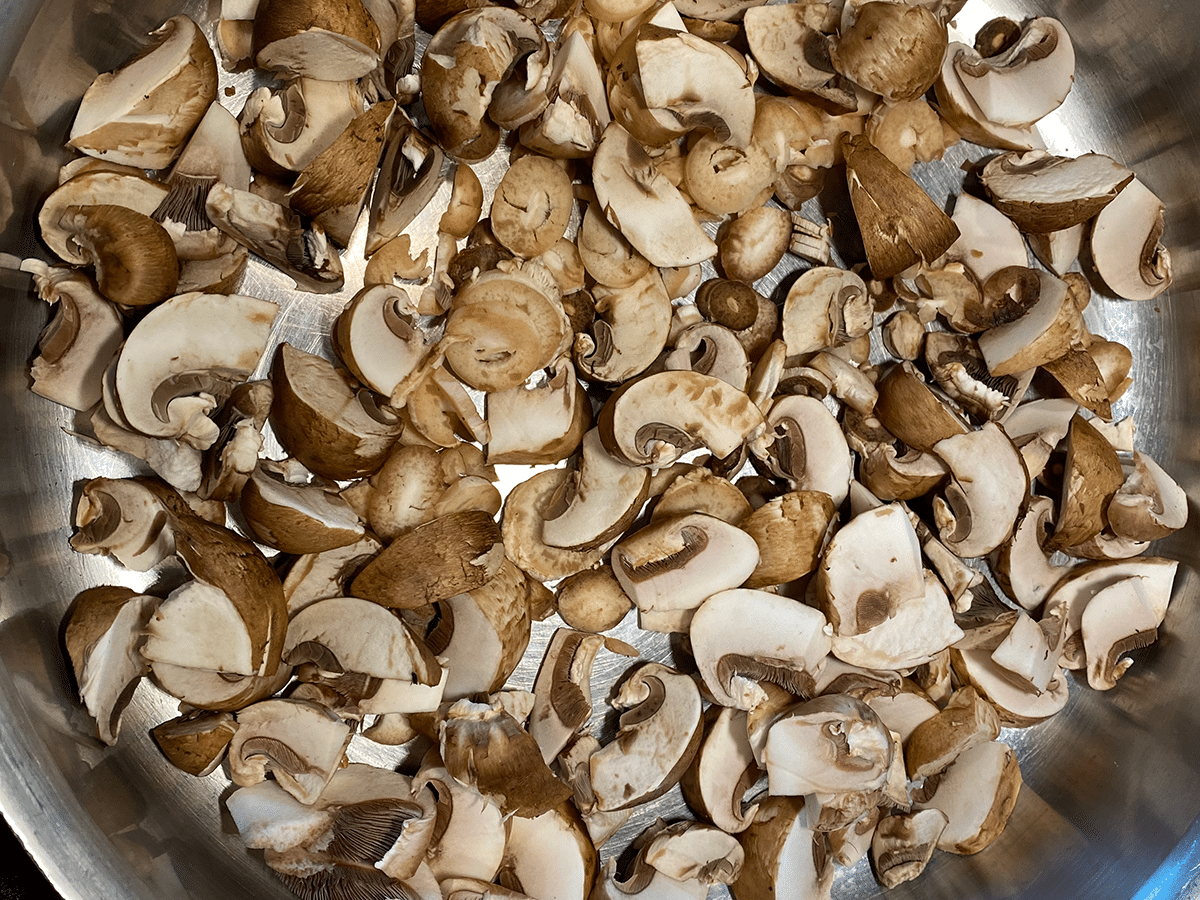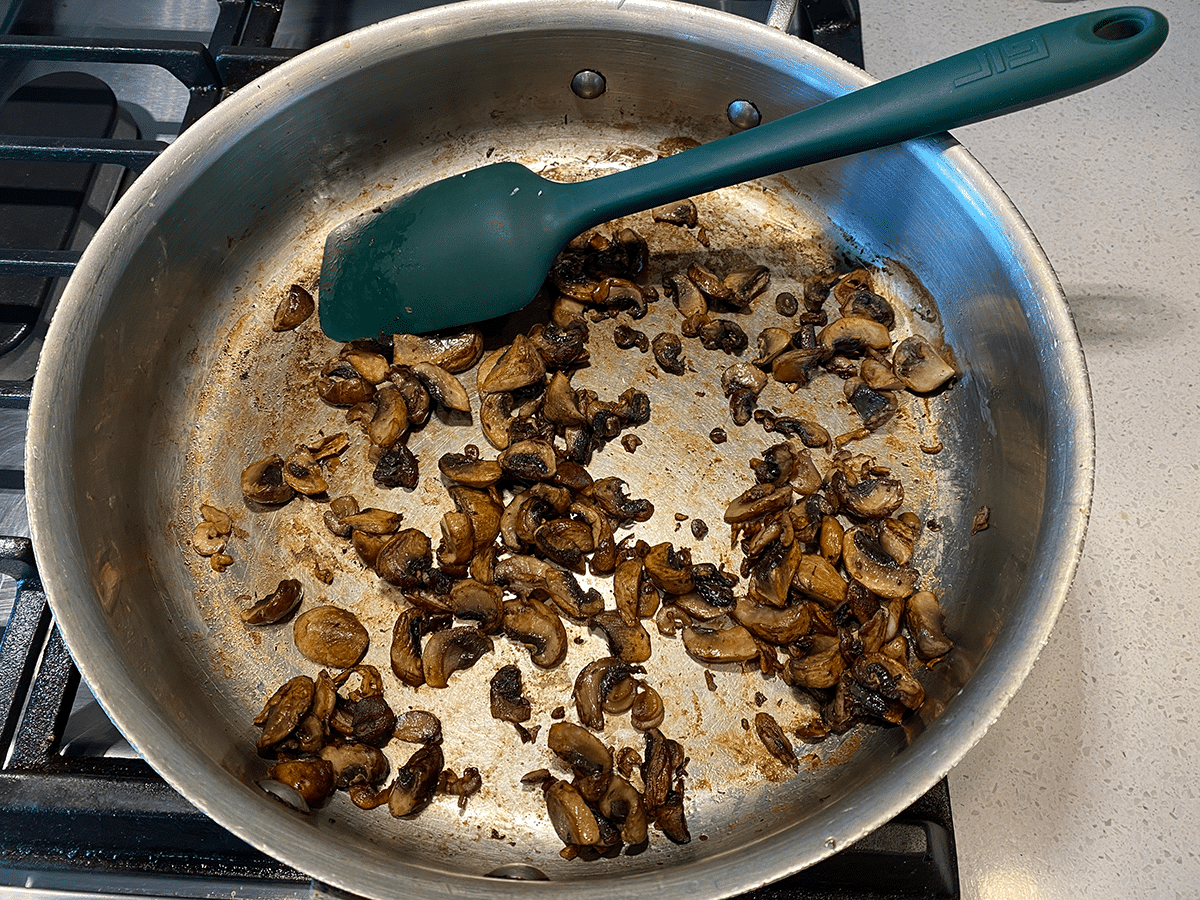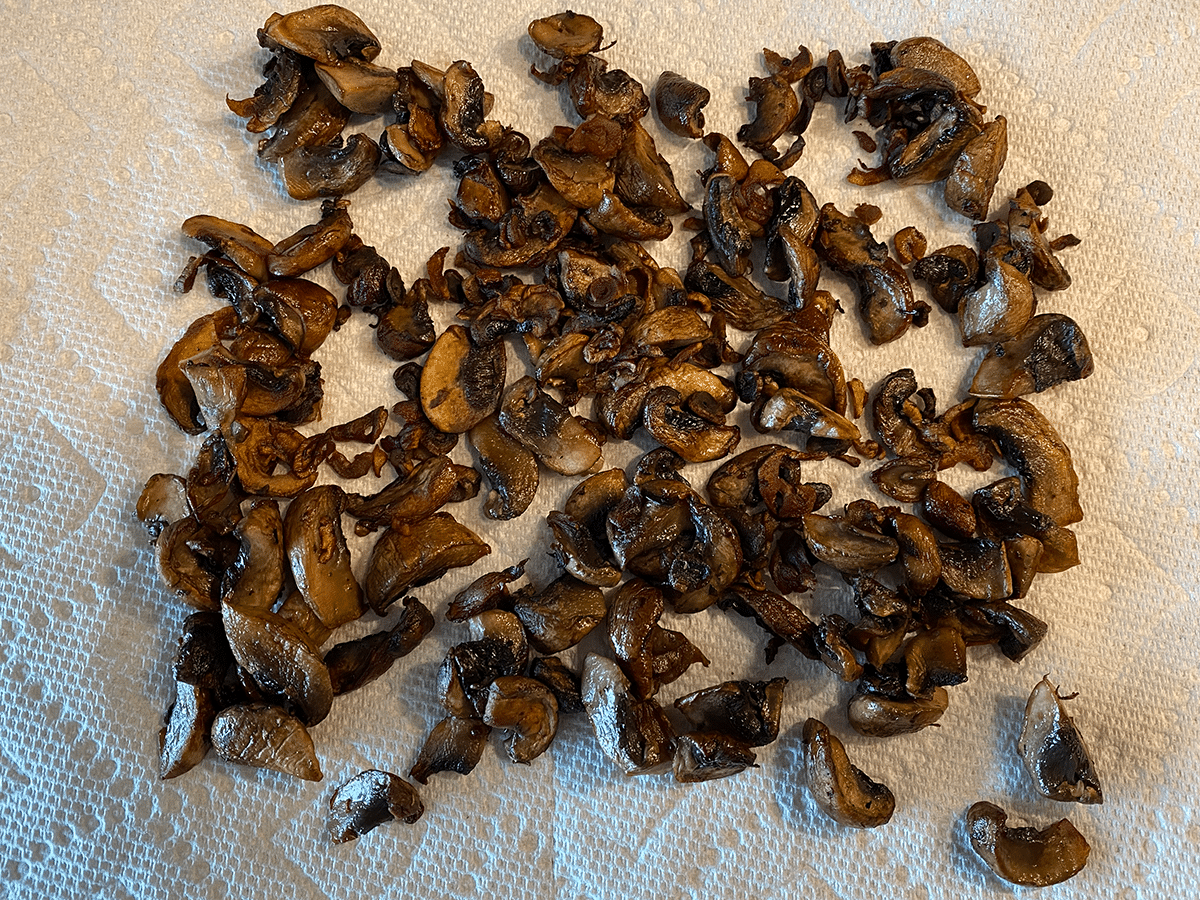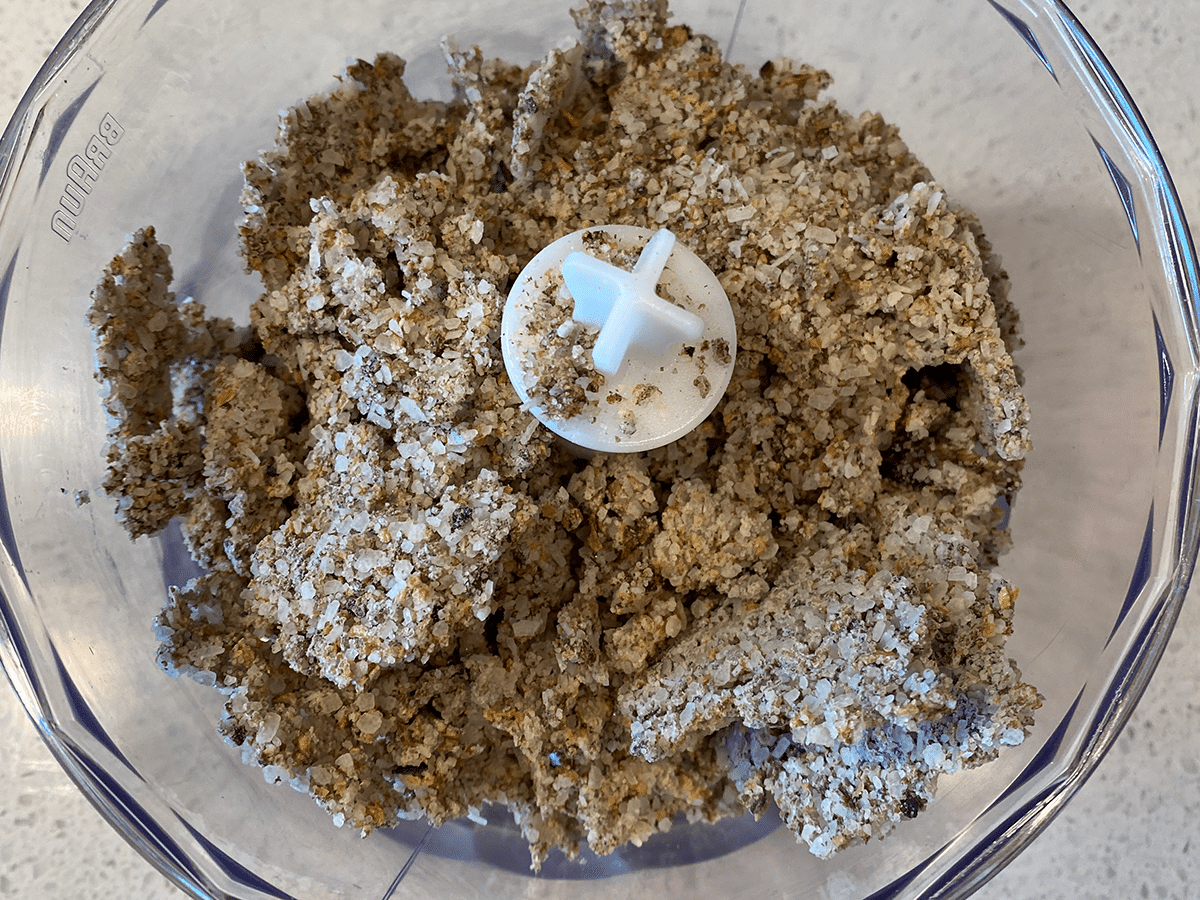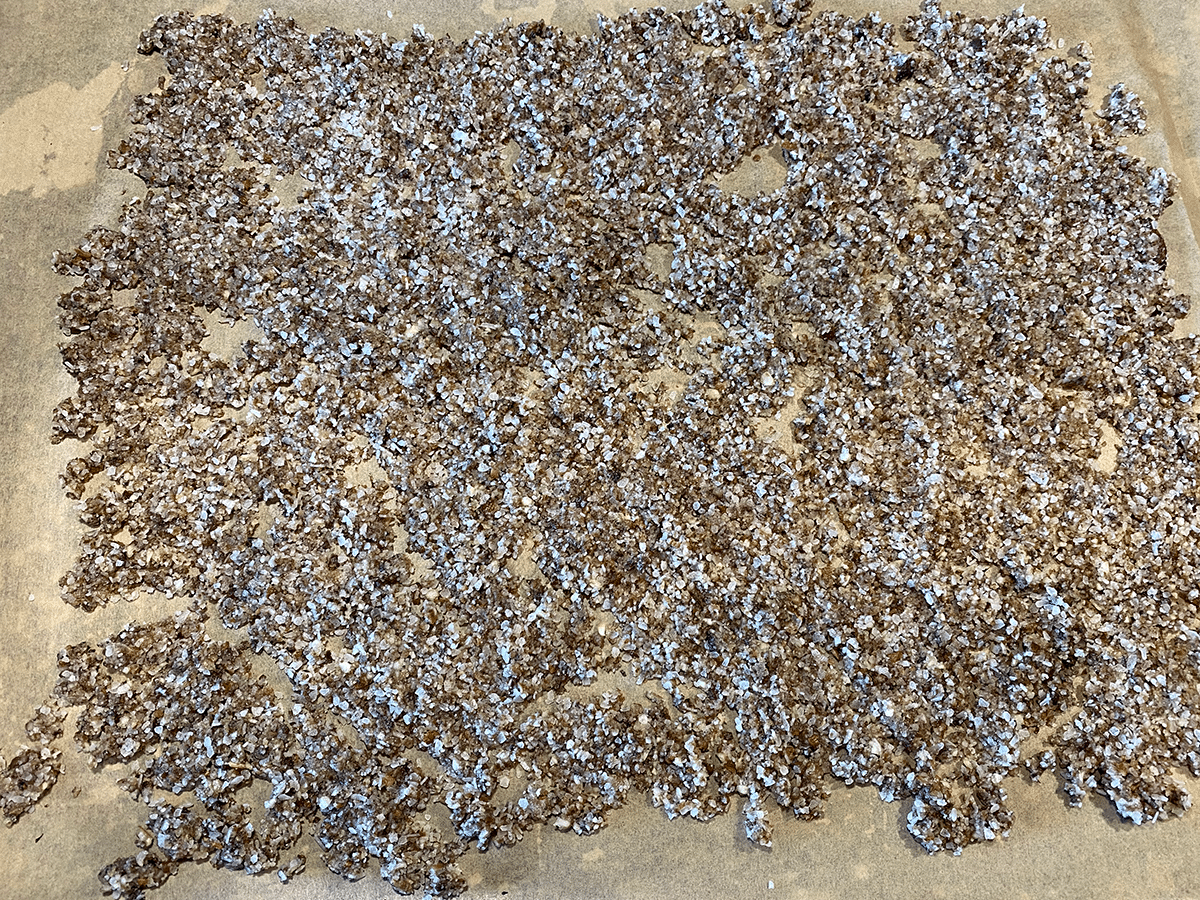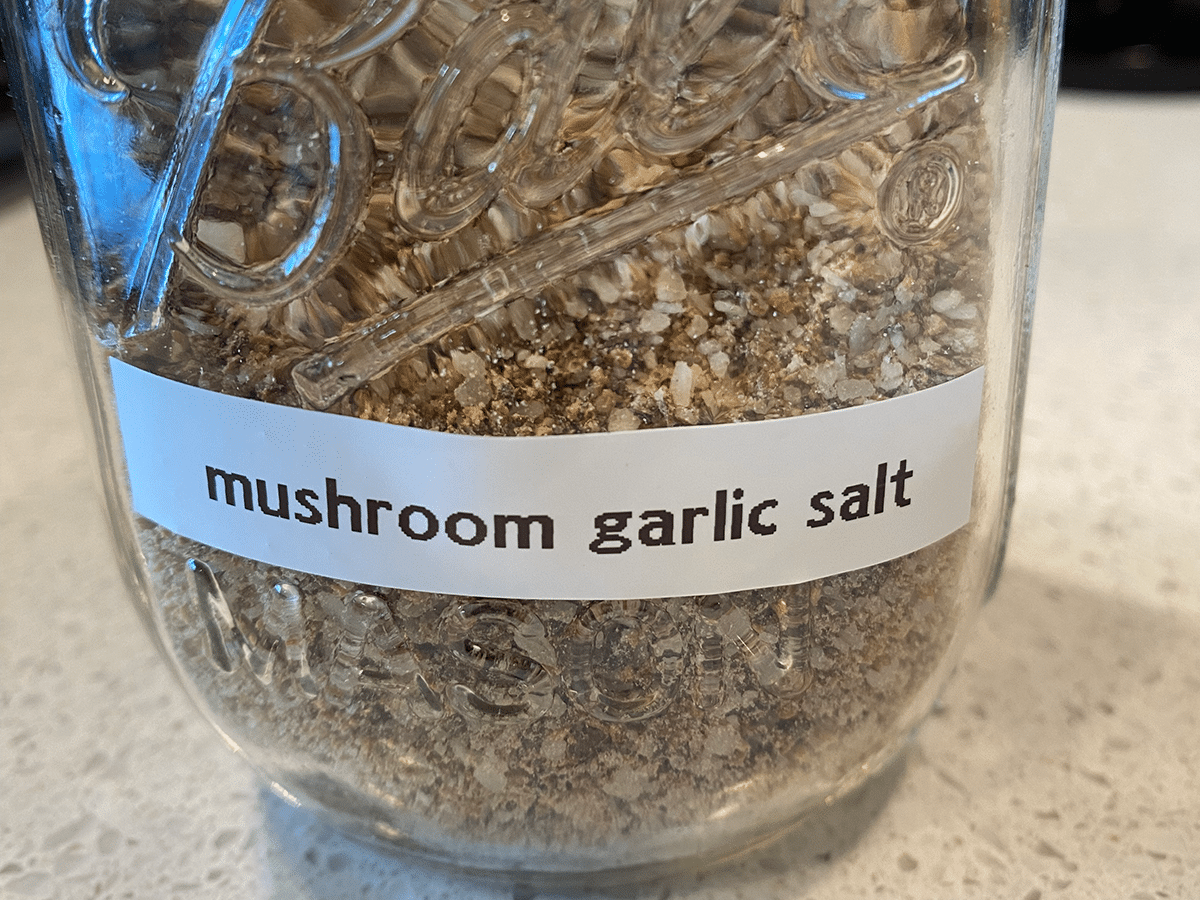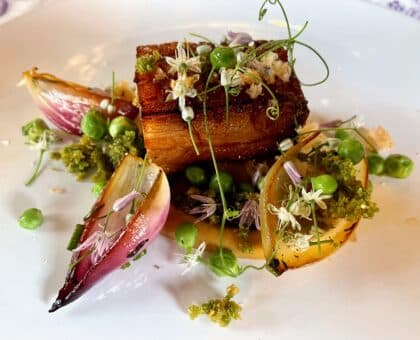Zaytinya Cookbook by José Andrés
A Review
I’ve never been to José Andrés’ restaurant, Zaytinya, but I’ve followed and admired the chef for years, so I was intrigued to read his new cookbook of the same name and to sample its food. The theme is Mediterranean cuisine, specifically Turkish, Greek and Lebanese.
There is plenty of interesting background on how the restaurant came to be, including stories about the relationships forged with local experts in each region in a quest for authenticity.
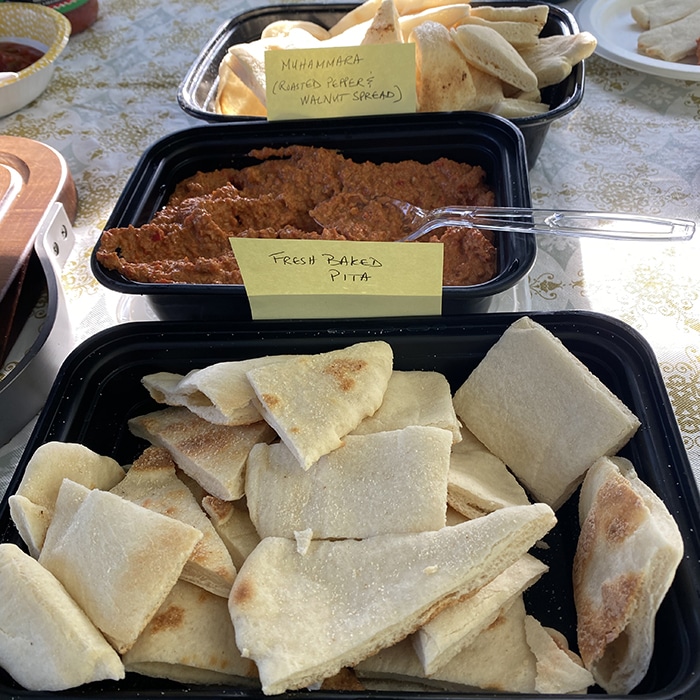
One of the things that struck me is the degree of overlap among the cuisines of these countries – and others – with variations in name belying the many common threads. For instance, versions of Lahmajun, lahmajoun, lahm b’ajin, lahmajo, lahmajin, lahamagine, lahmatzoun can be found in Turkey, Lebanon, Syria, Armenia, Palestine and more.
All of the cuisines represented in the book rely heavily on fresh, seasonal ingredients. What gives the book a somewhat unique twist is its use of traditional techniques but with some non-traditional substitutions. I fell in love with lamacun when I visited Istanbul a few years ago. Traditionally, it’s a flatbread with a meat topping. The book’s version substitutes an umami-rich mushroom topping for the meat, perfect for sharing with vegan and vegetarian, as well as omnivore, friends.
It’s based on an easy master dough that can be used to make pita, lamacun, or pide (I’ve made the first two with good results). The topping achieves a concentrated mushroom flavor by cooking it way down, further enhanced by traditional flavors like Urfa and Aleppo pepper, tomato paste, cumin, and pomegranate molasses. It also includes mushroom garlic salt, the recipe for which is included in the book. I suppose I could buy something similar at Trader Joe’s but for me, the building block recipes for ingredients I can use over and over in other meals is what makes a cookbook worth going back to. On my first bite of the mushroom lamacun, I thought “this is good, but it needs something – maybe a drizzle of olive oil” – which is when I realized that the recipe called for olive oil and I had forgotten to add it. That last touch indeed was what the dish needed, not really surprising in a book about the food from a restaurant whose name ‘is derived from the Turkish word for olive oil “zeytinyağı”.’
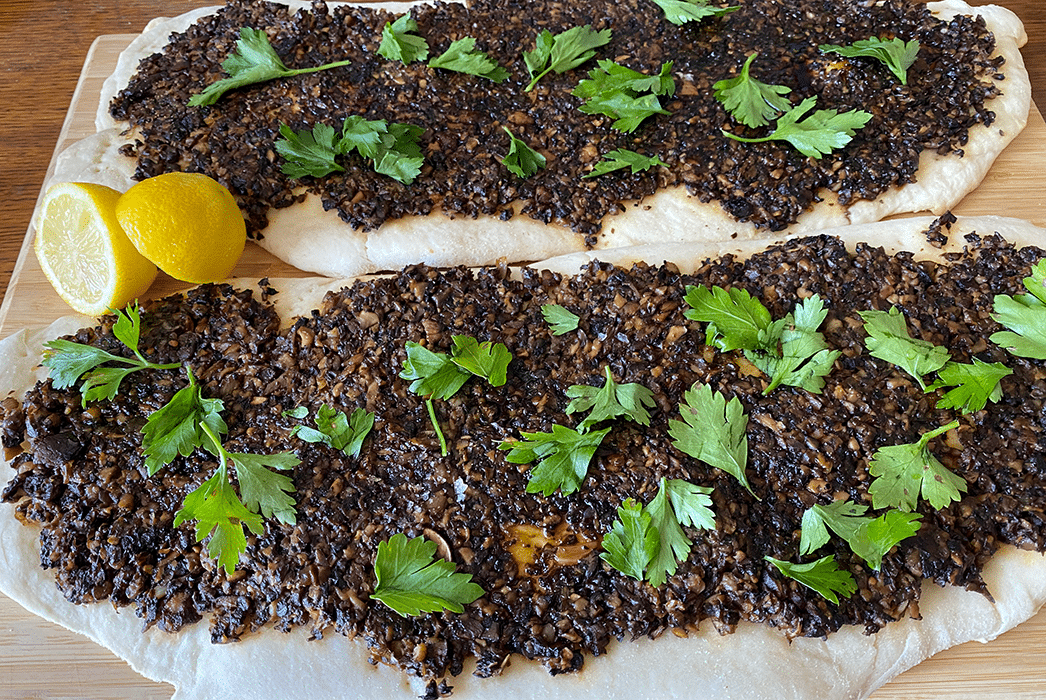
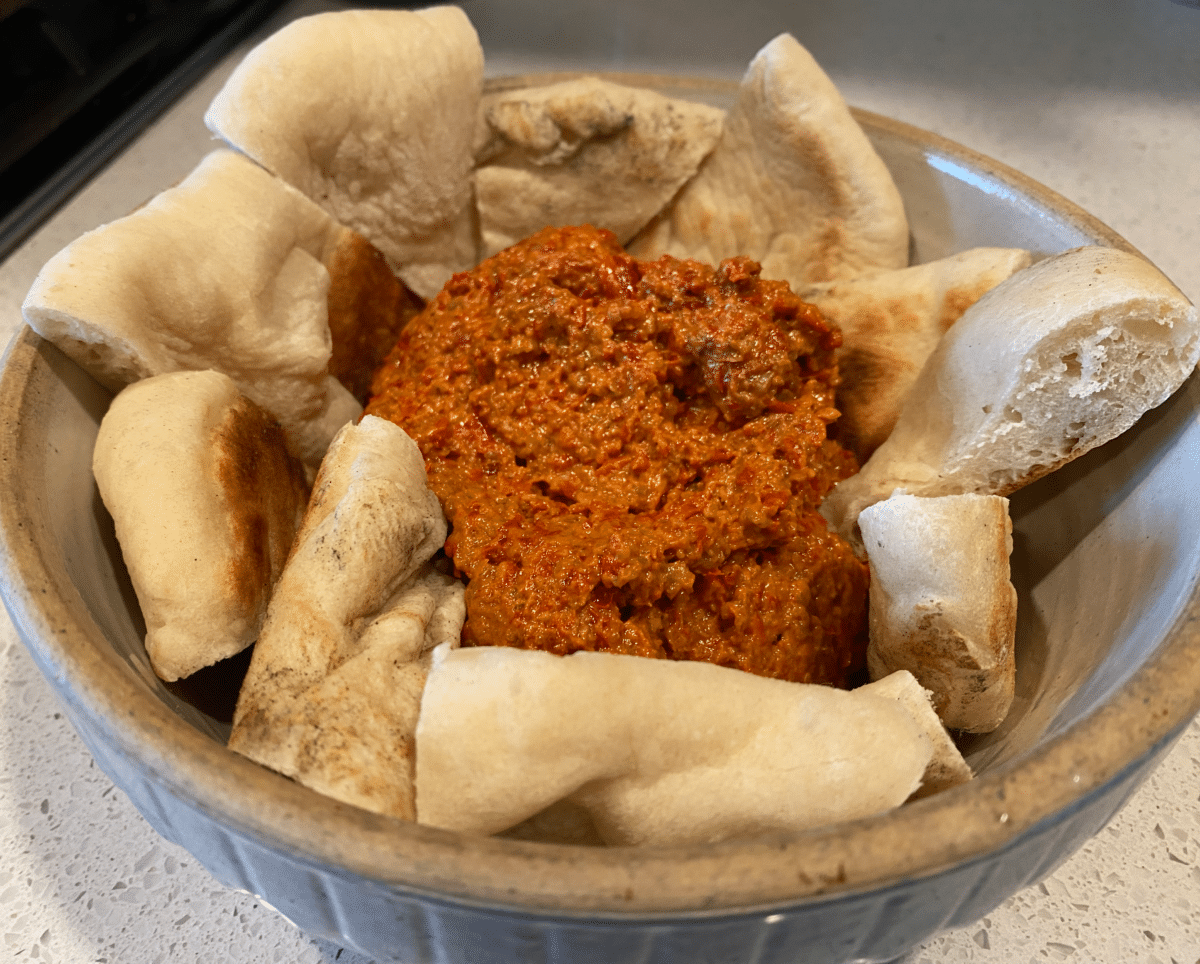
The muhammara I served with pita at a recent potluck was enough of a hit that I ended up gifting a bottle of pomegranate molasses to a friend who begged for the recipe. In the process I introduced another friend to a neighborhood convenience ‘deli’ stocked with all sorts of Turkish goodies and had a fun chat about food with the Turkish man behind the counter. Some may be put off by cookbooks that call for ‘exotic’ ingredients they don’t tend to have on hand: for me, the opportunity to explore a culture through food is what I love most.
I need to make it some day to Zaytinya in DC or NYC, but in the meantime, it’s nice to know I can page through the beautiful photos for inspiration and experience the flavors at home.![]()
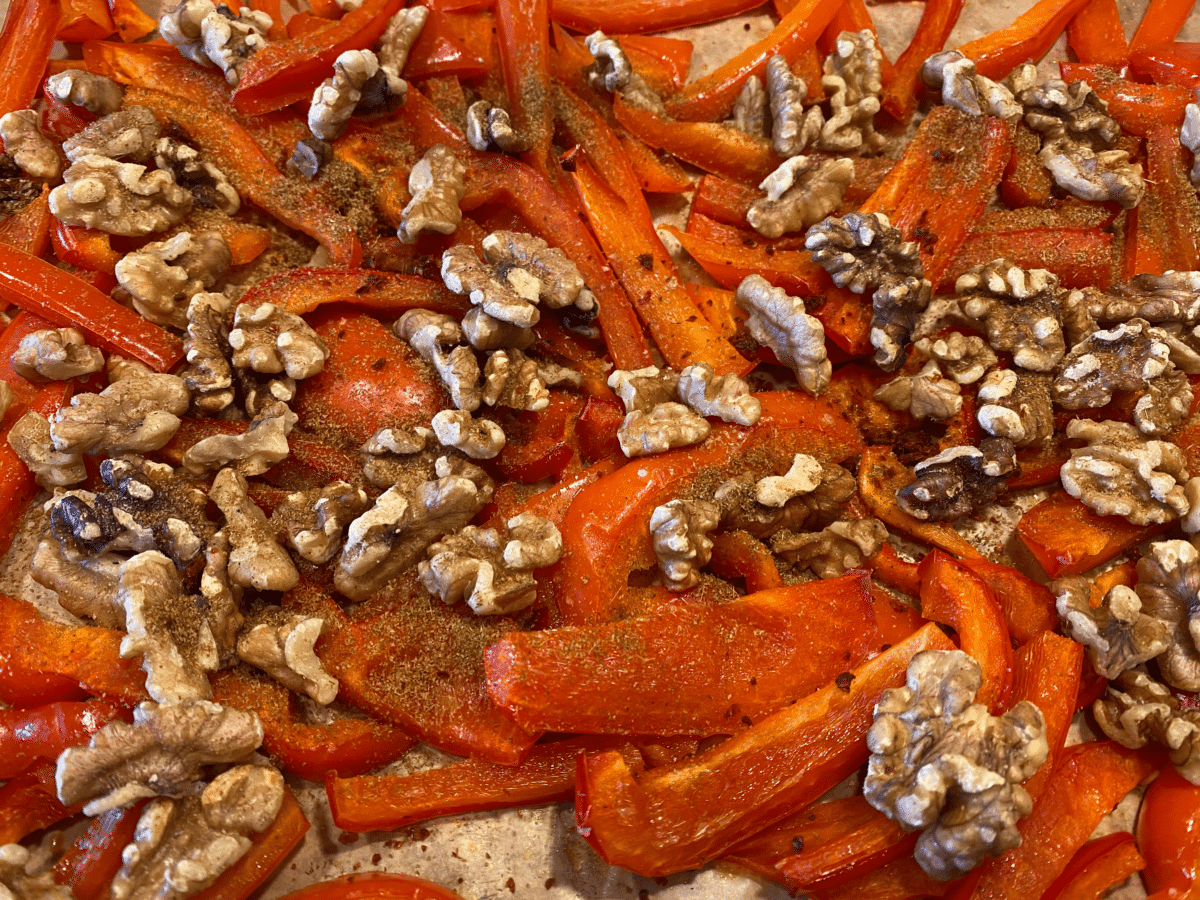
https://bookshop.org/a/104874/9780063327900

